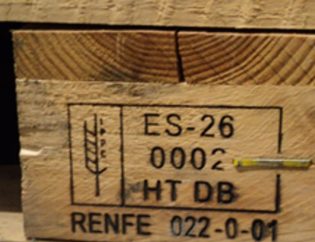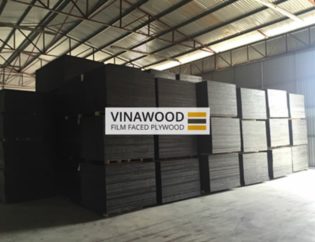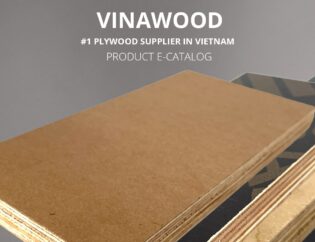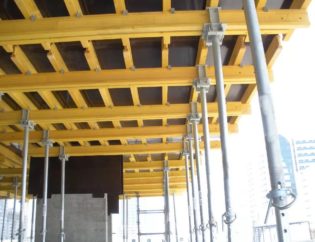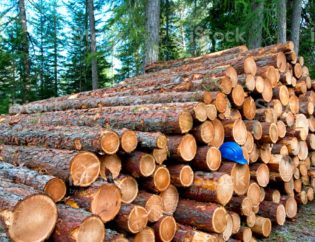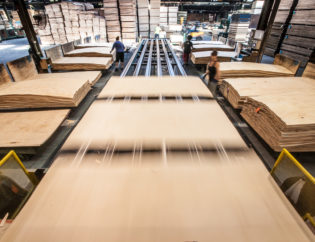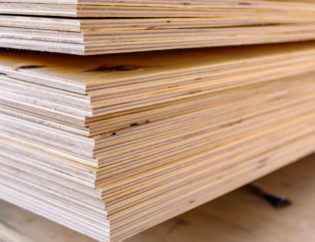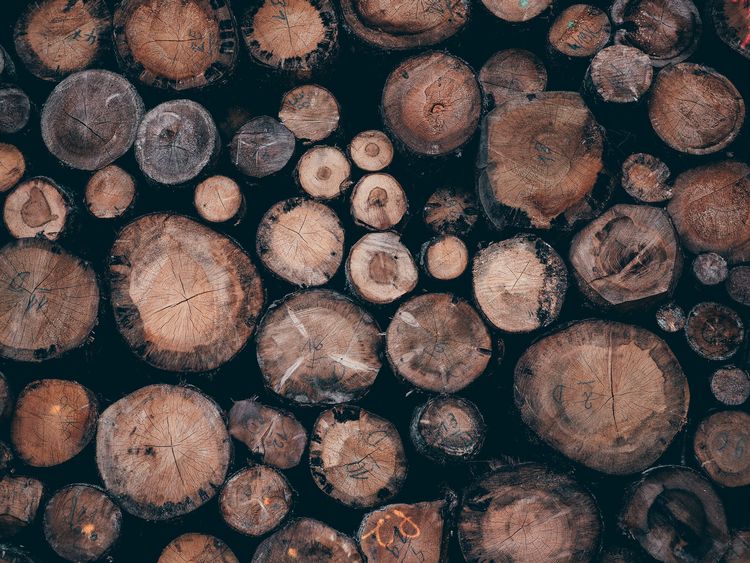
Bill Cook –
Canr – Michigan’s forest industry produces a huge array of products, including paper, lumber, panels and everyday items that come from wood.
Northern forests have many species of trees, each with different physical qualities of wood, as well as habitat requirements. People have learned how to make a stunning variety of products from the cornucopia of environmentally-friendly raw materials. Wood is a vital part of the global bioeconomy and that importance is likely to grow, especially in the context of climate change.
Wood Products
Most people recognize common wood products, such as dimensional lumber, paper products, cardboard boxes and oriented-strand board, often called flakeboard or chipboard. Not to be under-rated, these common products have fascinating manufacturing processes and the supply chain that harvests the raw material is more complex than most people might imagine.
However, did you think the label on the back of your Levi’s was leather? Think again! It’s latex-infused paper, made in Michigan, so is the cover of the National Geographic magazine and most of our textbook paper. Even the artificial vanilla in your ice cream may have come from a pulp mill.
Ever been to a meeting where you need to wear a “Hello, my name is . . .” sticker? The part that’s thrown away is a major paper product from another Michigan mill.
Railroad ties and utility poles are also made in Michigan. Most of us cannot even turn our lights on in the morning without some basic wood products.
High-end musical instruments, such as violin bows, guitars and banjos have wood parts specially selected from spruce, maple and other trees from the northern forests.
Ever made cupcakes with paper cups, tossed away a brown fast food bag or received a bag at fancy clothing stores with twisted paper handles? All these, and hundreds of other items are products of Michigan’s forest industry.
Anti-tumor, anti-ulcer, anti-oxidant, treatment of malaria and medicines that are used to inhibition HIV replication all are made of extractives from trees.
Cellulosic nanofibers and nanocrystals have a wide range of applications, such as absorbents, high-tech insulation and sound boards, 3-D printing, electronics, flexible LCD monitors, shampoos, foams, paints, glues and nearly endless ways to replace plastic.
Clothing, textiles, candy wrappers, cat litter, tape, essential oils, chemicals, heating, cooling, electricity, “plastic” bags, seals and gaskets, snowshoes, tape, Corian countertops and many other items are made using wood. The list goes on.
Cross-laminated timbers, composites and other engineered wood has a wide and growing list of uses, from bridges to furniture. The nation’s largest single continuous press particle board plant will soon open in the northern Lower Peninsula. You might find that product in your next Ikea purchase.
Come the month of March and the NCAA basketball tournament, more people become aware that the floor, new each year, is made by a company in the Upper Peninsula.
Michigan has one of the country’s largest manufacturers of those wooden battens in window blinds, using basswood. It’s also a major producer of wood-using furniture.
Future of the Forest Industry
The need to substitute renewable resources for non-renewables is urgent because there is too much atmospheric carbon, other pollutants and related problems with many raw materials. Forests and wood products have a very important role to play.
Research and development of new uses for wood keeps going. Think about things such as car body parts, tires, water and pop bottles, personal care products and high-rise buildings. In fact, wood has replaced steel for an increasing number of tall modern buildings, some as tall as nineteen stories.
Many new wood innovations may not be particularly flashy, but they make significant enhancements towards products and processes that reduce fossil fuel use, increase human safety, clean environments and lead to healthier communities and economies.
Wood has always been integral to human society and visions of a sustainable future will continue to include wood. However, there will be many ways to use wood that we currently just don’t see, and that’s pretty exciting.
Vietnam Plywood
Vietnam Film Faced Plywood
Thank you for your time!


